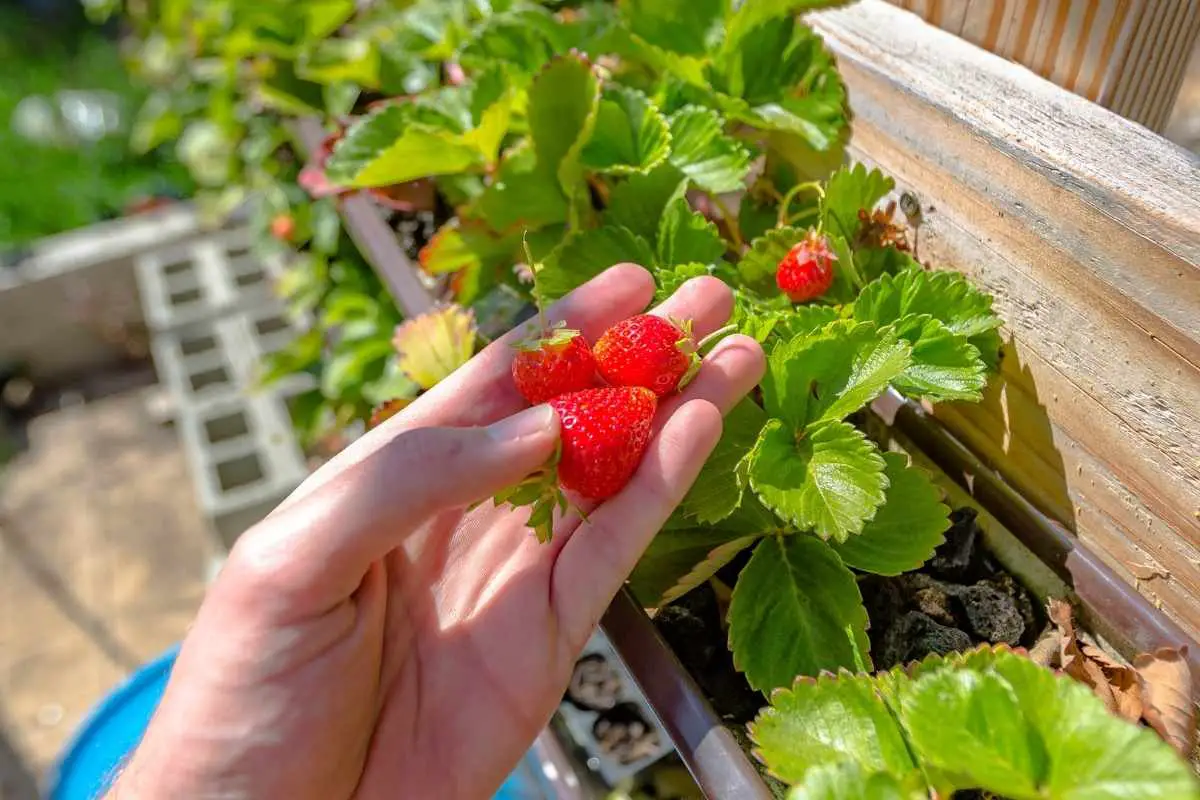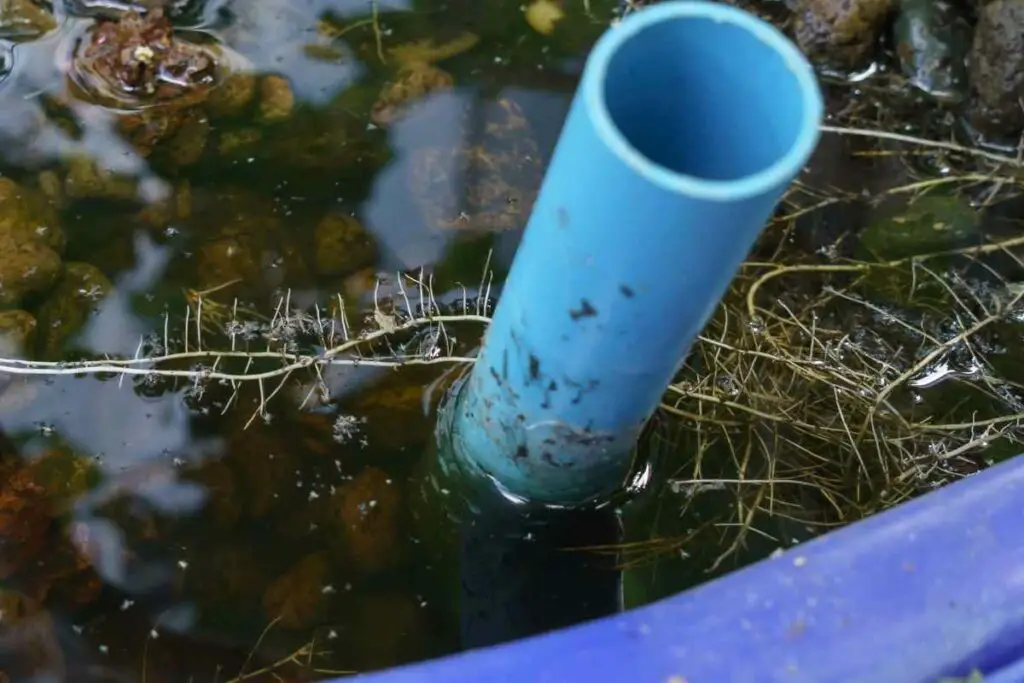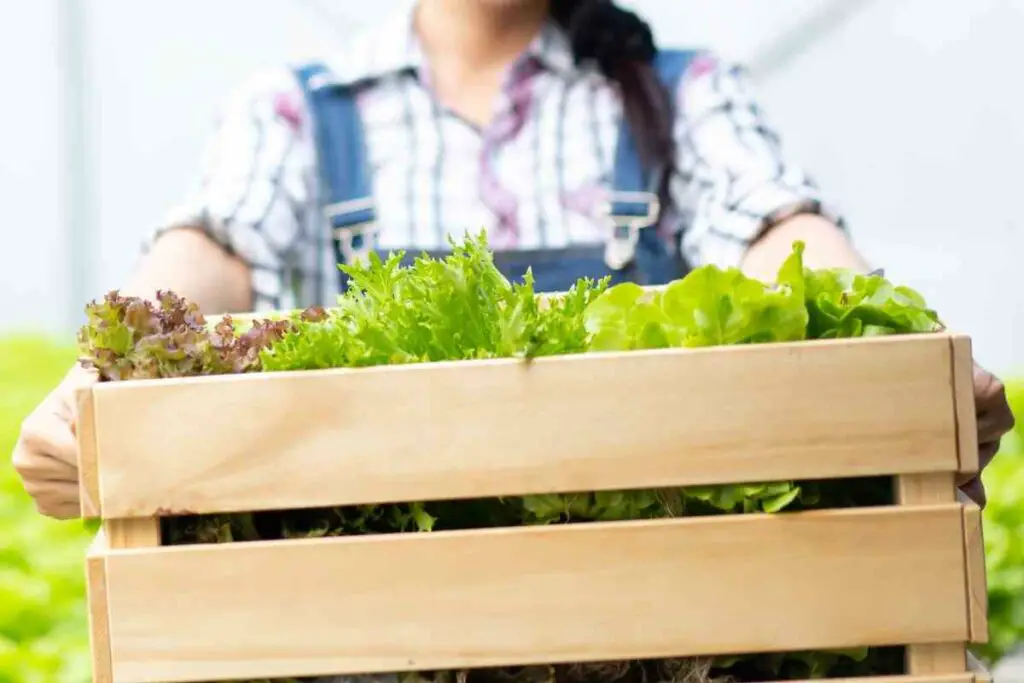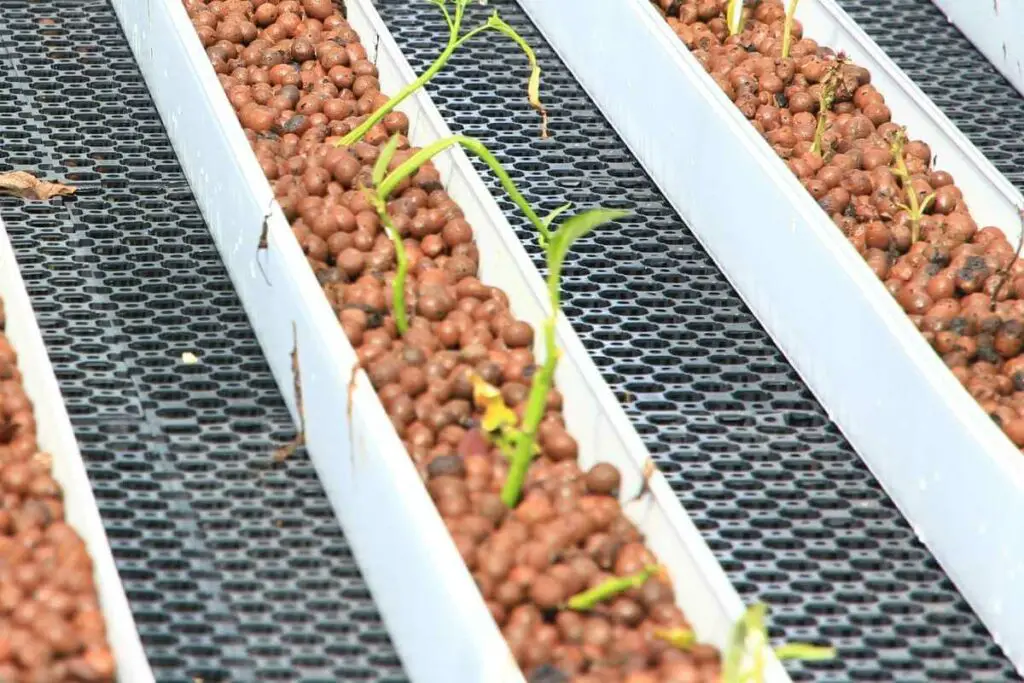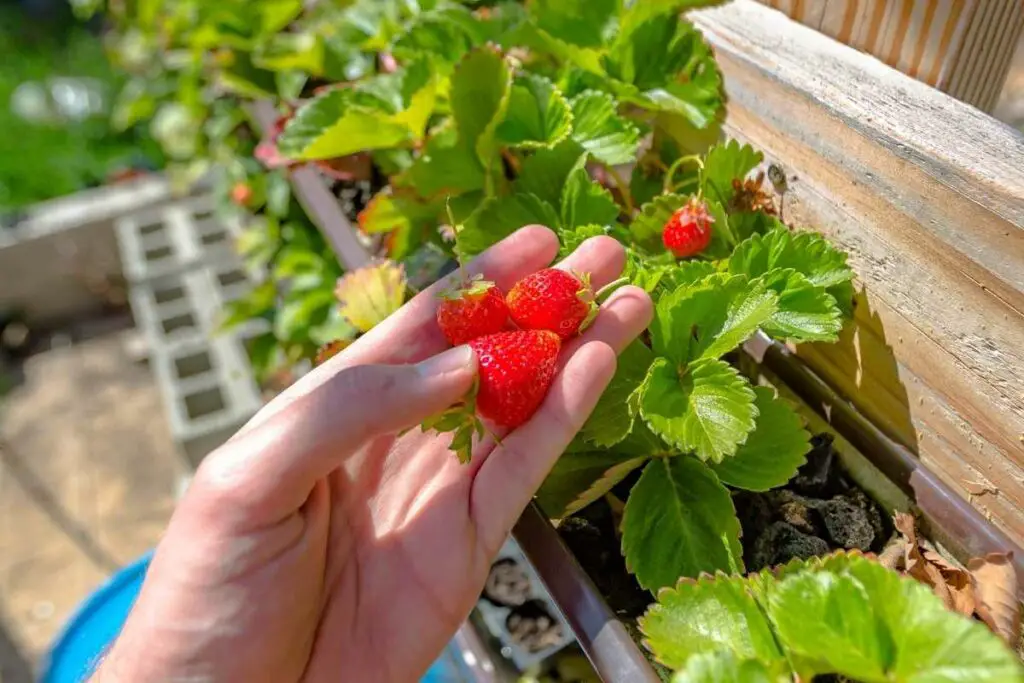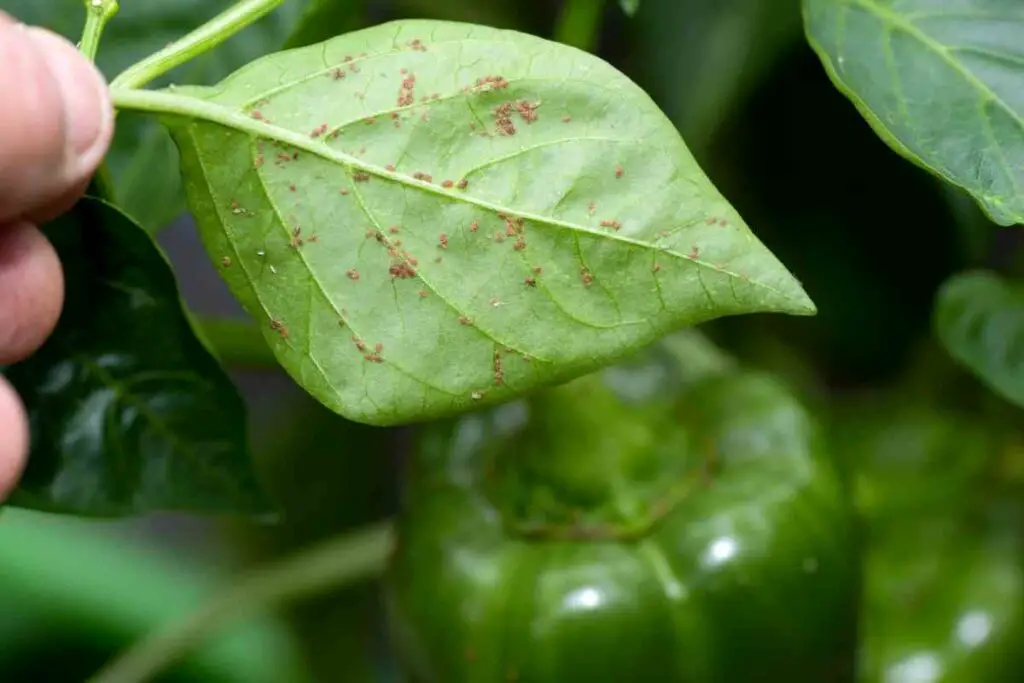An aquaponic system combines two types of farming; aquaculture (fish rearing) and hydroponics (growing plants without soil).
In this system, the fish consume food and produce waste which mainly comprises ammonia.
This ammonia needs to be eliminated from the system as soon as possible because it is toxic to fish.
This is where the nitrifying bacteria and plants come into place—the good bacteria such as Nitrosomonas spp converts the ammonia to nitrates, which is a ready-to-absorb nutrient.
Nitrates are plant food, but they’re toxic to the fish in large quantities.
Therefore, before introducing the fish, the system needs to be cycled. Cycling is the conversion of ammonia to nitrates by nitrifying bacteria.
We Discover: There is a period of waiting before introducing the fish, but what about the plants? Should you wait or introduce them as soon as you set up the aquaponics system?
How Long Do You Need to Wait Before Planting in Aquaponics?
Plants depend on fish waste to grow.
Therefore, the best time to introduce the plants is after cycling is complete and the fish are eating and excreting.
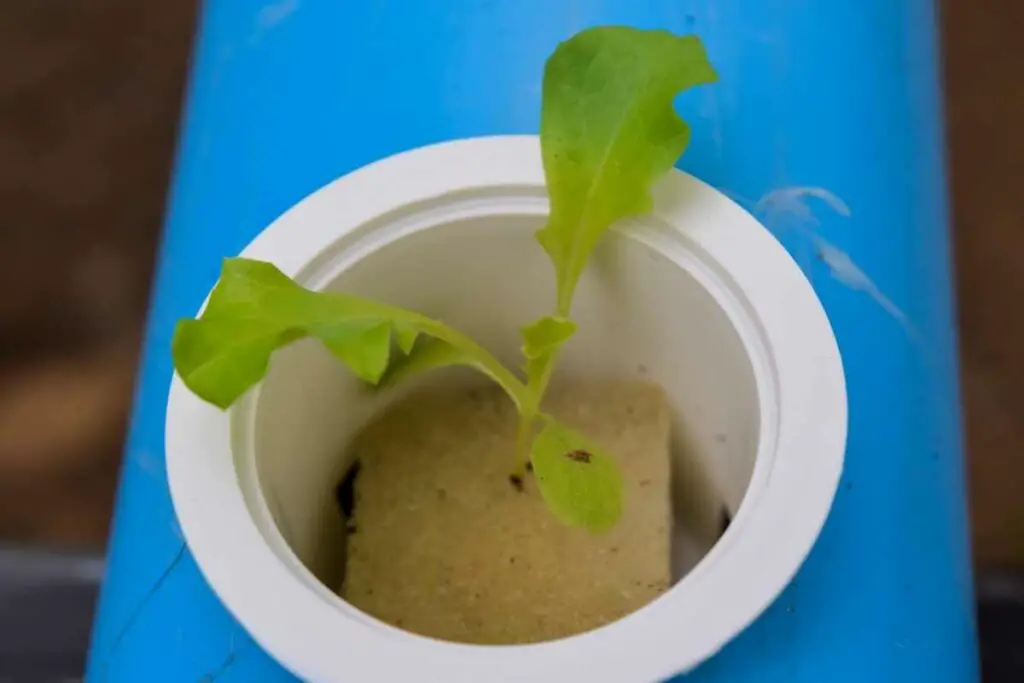
The cycling process will have enabled the bacteria colony to grow to adequate numbers to sustain the system. It takes approximately four to six weeks.
If you notice your plants showing signs of stressed growth, you may need to add more fish or cultivate more bacteria.
The latter can be done by adding commercial culture obtained from an aquaponics products store.
However, this option might interfere with your organic-only status if your system is a candidate for such a drive.
For Example: Some farmers introduce plants into aquaponics right away after the system is up and running. The fish won’t be present to provide fertilizer, but organic supplements are added to substitute the nutrients needed for the initial growth.
Introducing Plants to an Aquaponics System
Introducing plants to an aquaponics system is pretty much like planting in a soil garden.
There are several ways of adding plants to aquaponics.
These are:
- Direct sowing
- Using starter plugs
- Cloning
- Transplanting from nursery
Direct Sowing
This method entails introducing the plant seeds into the grow bed directly.
It is suitable for a media bed aquaponic design because you can make a hole in the media, put the seed, and cover it.
The pebbles, gravel, baked clay, etc., will support the seed as it sprouts into a seedling.
The best way to directly sow is to spread the seeds evenly on the media bed and cover them with a light media layer.
Larger seeds need to be pushed deeper into the media where the conditions are moister, as the hard seed coat needs to soak to allow germination.
Ensure you sow densely because this method is prone to poor germination sequences. After germination, you may thin out the seedlings if they sprouted densely.
Pay Attention: Overcrowded seedlings will grow poorly, with weak stems and frail leaves. Direct sowing is suitable for green leafy vegetables and herbs.
Using Starter Plugs
This is one of the best methods for introducing delicate plants into your aquaponics.
Some seeds are hard to germinate, while others grow into weak seedlings that cannot stand on their own.
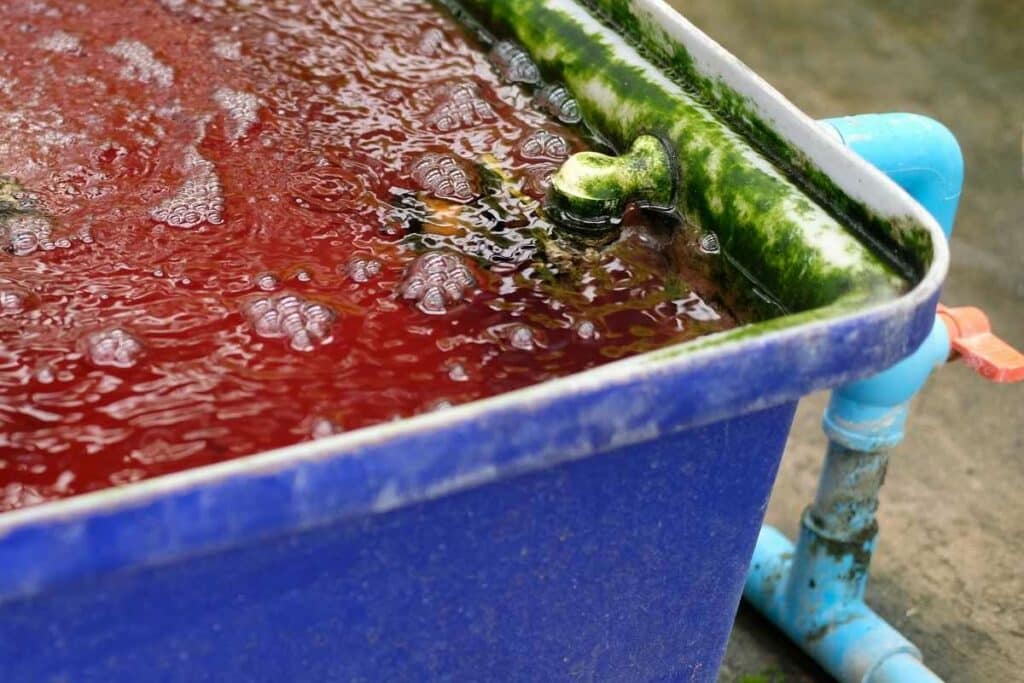
Starter plugs are cup-like structures filled with media. You add the seeds into separate starter plugs and wait for them to germinate.
After germination, you transfer the plugs into the media bed, make a hole in the media, place the seedling together with the plug and cover them with media.
Examples of common starter plugs include:
- rock wool
- paper towels
- and peat
Starter plugs are suitable for plants such as peppers, tomatoes, and eggplants.
Cloning
Like in soil, some plants can sprout seedlings from a cut stem stuck in the grow media.
You cut the stem of a mature plant and stick it into the media to ‘clone’ new seedlings.
This method is not viable for all plants, but herbs like mint and basil sprout roots from the cut stem.
This method can be sped up by adding root-stimulating hormones. These are hormones that instigate the rooting process from stems.
You put the hormones in a container, dip the stem ends into the compound and introduce them into the media bed.
Transplanting from a Nursery
Transplanting is one of the oldest sowing practices, and it has many benefits.
This process entails sowing seeds in a separate garden/nursery, waiting for them to germinate into strong seedlings, and transferring them to the media bed carefully.
In the soil, the nutrients and adequate sunlight will quicken their germination and growth.
Once you are confident with the root and shoot system of the plant, remove the seedlings from the soil carefully and rinse all the soil from the roots.
Proceed to place the new plants deep in the grow media where the roots can access enough moisture.
Works Fine: You can also apply the rooting stimulator before dipping the plant in the media to sooth the roots that might be damaged during the transfer.
Conclusion
In an aquaponics system, plants depend on the waste excreted by fish to grow.
This waste is converted to ready-to-absorb nitrates by nitrifying bacteria.
For this reason, you need to wait for cycling to be complete before planting in aquaponics.
The cycling period is normally four to six weeks.
